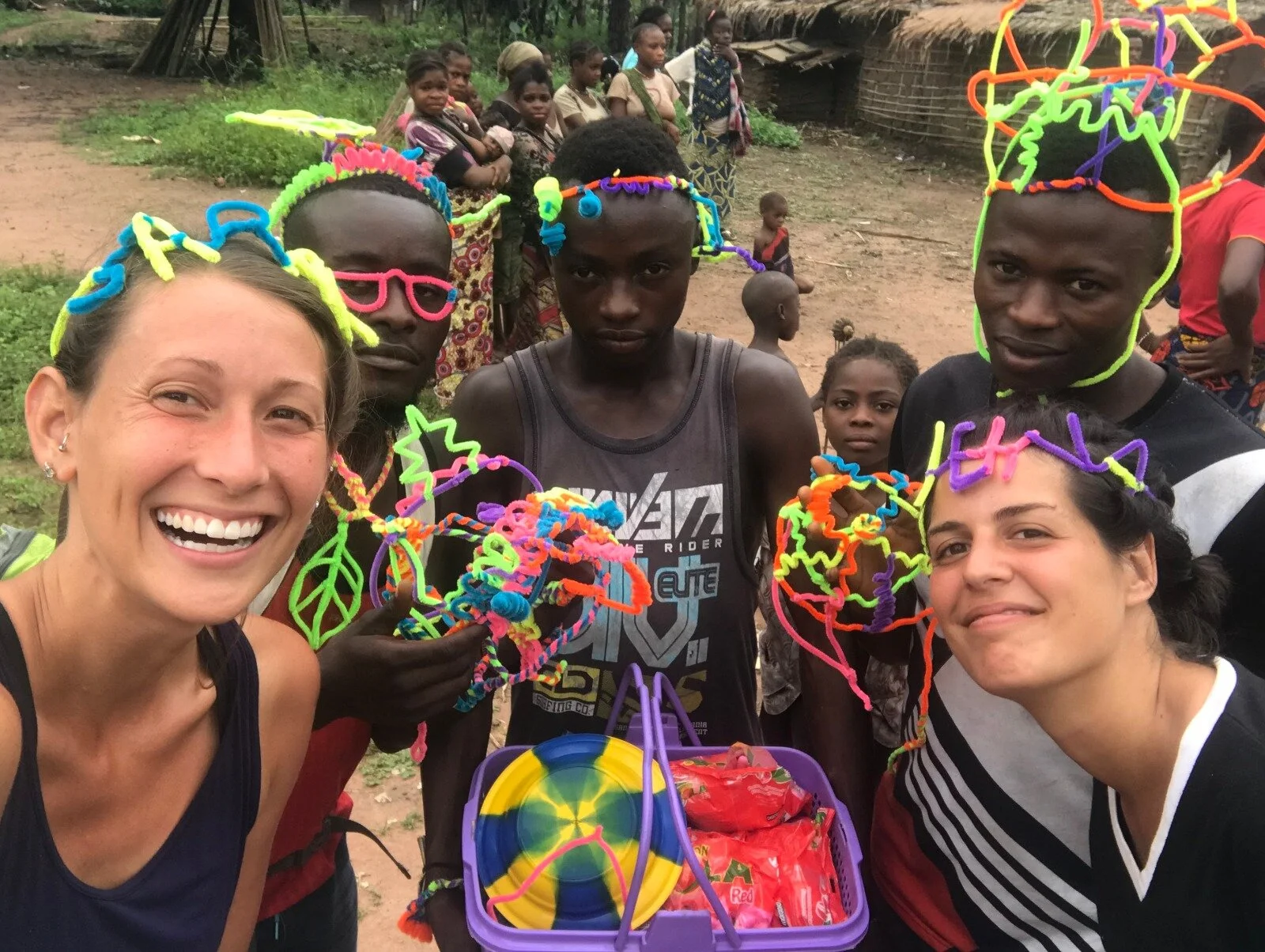Google “dropped item in storm drain” and — after you’ve had a good laugh — count all of the tools people have built or modified to solve this apparently quite common scenario. Magnets on strings, unbent coat hangers and pieces of gum (?), and well, the tried-and-true hook technique. Hooks are an extremely useful tool, but not one that many of us just have lying around. I would wager that if I told you to use a hook tool right now, you would first need to find a semi-flexible material and then bend it into a hook. This, my friend, is tool innovation. And it’s no joke.
Humans are surprisingly good at innovating tools, at least compared to other species. We have whole stores, cabinets, rooms devoted to tools. We are the crafty inventors of the avocado slicer; a tool designed for slicing a single type of fruit. Be proud, very proud. But, in all seriousness, making tools can be quite cognitively demanding. One must decide the future-tool’s function, work out the mechanics, and then construct it. And although human adults are reasonably good at this, it appears that children are not.
Beginning in 2011, a series of experiments has shown that human children, up to about 8-years-old, often fail to bend a pipe cleaner into a hook to extract a toy at the bottom of a tube (See Beck et al. 2011, or Carr et al., 2016 or Rawlings & Legare, 2021 for reviews). This experiment is called the hook task and, as it turns out, young children spend a lot of time attempting to poke the toy out of the tube with an unbent pipe cleaner - usually unsuccessfully. However, like most current psychology research, the children most commonly tested are from the US or Europe… environments where pre-fabricated toys and tools are common.
Several studies on tool innovation have tried to break the mold and test children from small-scale societies, where children are more actively involved in the creation and modification of toys and tools in their everyday lives (Neldner et al., 2017; Nielsen et al., 2014). But again, these studies found that younger kids did not bend the pipe cleaners into hooks to solve the task. There is one lingering question arising from these studies — how might familiarity with pipe cleaners impact children’s ability to innovate on the hook task? In other words, might children living in small-scale societies’ performance on the hook task be impaired by their unfamiliarity with pipe cleaners?
There is one lingering question arising from these studies — how might familiarity with pipe cleaners impact children’s ability to innovate on the hook task?
In our newest article Out of the empirical box: A mixed-methods study of tool innovation among Congolese BaYaka forager and Bondongo fisher–farmer children, published in the Journal of Experimental Child Psychology, Drs. Sheina Lew-Levy, Sarah Pope, Daniel Haun, Michelle Kline, Tanya Broesch decided to test this. Across two villages, we tested Congolese BaYaka and Bandongo (also referred to by their language group Bondongo) children’s hook task performance - with one important addition. In one of the villages, we gave out pipe cleaners two weeks before asking children to innovate with them. We expected children who were more familiar with the pipe cleaners to be better at innovating the hook, but that’s not what we found. In fact, we found no difference in hook task performance between the two villages; again, children’s performance on the hook task experiment was quite low. However, something interesting happened outside of the experimental setting. Something we didn’t predict.
We expected children who were more familiar with the pipe cleaners to be better at innovating the hook, but that’s not what we found.
In the village where we gave out pipe cleaners prior to the hook task, children had used them to create a whole range of novel pipe cleaner toys and decorations. Belts, hair accessories, necklaces, bracelets, anklets, rings, even suspenders. Constructed items often consisted of multiple pipe cleaners woven or bent together, in unique designs specific to individuals or even friend groups. These clear examples of innovated pipe cleaner toys and tools challenges the usefulness of experimental tasks like the hook task.
These clear examples of innovated pipe cleaner toys and tools challenges the usefulness of experimental tasks like the hook task.
The hook task asks children to innovate by themselves, sitting across from an experimenter, in an entirely novel context. It tells us how well children can quickly think of a very specific solution to a fairly unnatural problem, a skill that probably depends on children’s prior experience with hook-like tools more generally. In another unanticipated result, we found that Bandongo children innovated the hook more often than BaYaka children. Although unexpected, this finding might not be so surprising. Unlike BaYaka children, Bandongo children regularly engage in hook-and-line fishing from a young age. We suggest that future studies should try to uncover the role of previous relevant experience in children’s ability to innovation skillset.
As always - an enormous thank you to the children and families who shared their time with us.
Beck, S. R., Williams, C., Cutting, N., Apperly, I. A., & Chappell, J. (2016). Individual differences in children’s innovative problemsolving are not predicted by divergent thinking or executive functions. Philosophical Transactions of the Royal Society B:Biological Sciences, 371, 20150190.
Carr, K., Kendal, R. L., & Flynn, E. G. (2016). Eureka!: What is innovation, how does it develop, and who does it? Child Development, 87, 1505–1519.
Neldner, K., Mushin, I., & Nielsen, M. (2017). Young children’s tool innovation across culture: Affordance visibility matters. Cognition, 168, 335–343.
Nielsen, M., Tomaselli, K., Mushin, I., & Whiten, A. (2014). Exploring tool innovation: A comparison of Western and Bushman children. Journal of Experimental Child Psychology, 126, 384–394.
Rawlings, B., & Legare, C. H. (2021). Toddlers, tools, and tech: The cognitive ontogenesis of innovation. Trends in Cognitive Sciences, 25, 81–92.




